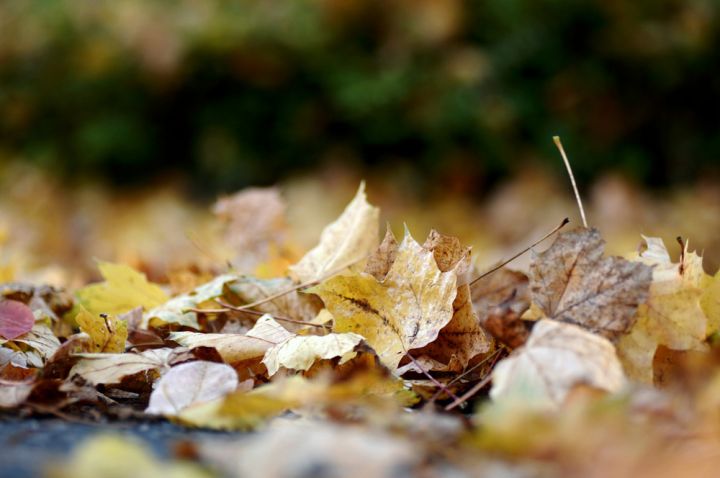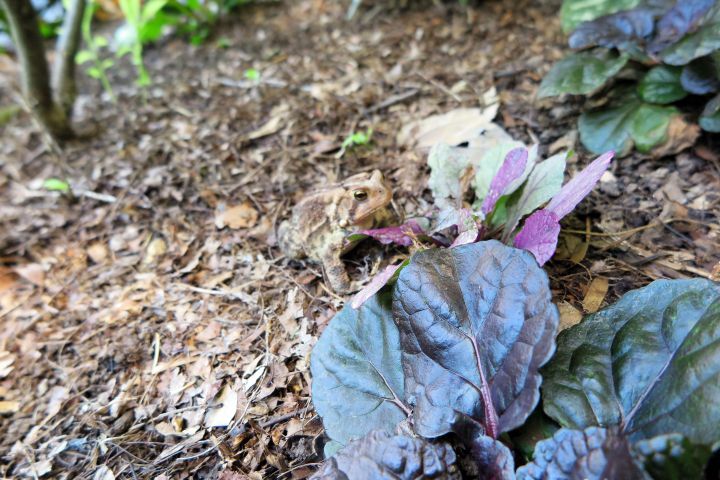Tree Leaves: Bag, Mulch, or Compost Them?
November 20, 2018 | By webadmin
It’s the time of year that your yard and landscape becomes littered with fallen leaves. But, instead of spending hours raking and bagging them all up, why not put those leaves - and the nutrients they contain - to work for you?

Don’t Bag Them!
The leaves that fall from your trees each fall are nutrient-rich and can give back to your soil. They are specifically a great source of carbon for your compost piles. The carbon held in leaves helps to balance out high-nitrogen sources in your compost (like grass clippings), that when combined together, breaks down quicker that each component alone.
Use your Mulching Mower
Mulching mowers help to break up leaves into smaller pieces which speeds up decomposition. Shredding the leaves into finer particles help them break down quicker, which in turn feeds your lawn over time. Mulching leaves on your lawn is good when there is a light layer of leaves; but be careful to not create too thick a layer of leaf litter. If you have a heavy mat of leaves on your lawn, rake some up and put them in the compost.
Winter Insulators & Wildlife Habitat
Leaves are great temperature insulators. If you have tender plants that need some winter protection, you can make a 6” layer of leaves piled around their base. The insulation can help protect plants against wild temperature swings during our winter months. Leaves also provide a habitat for overwintering butterflies and moths pupae, along with creating warm habitat for lizards, turtles, toads, earthworms and many insects.

Toads apprecaite the insulation leaves provide in the winter.
Make a Leaf Mold
Making a leaf mold is easy, although it does take time. Leaf molds typically contain high levels of calcium and magnesium and help soils retain moisture. Simply rake your leaves into a pile, spray with water, and then cover. Over 1-2 years, the leaves will break down & form the best compost-like additive that you can work into your landscape beds.
Incorporate into Your Soil
If you don’t have a compost pile and are too impatient to wait for a leaf mold, simply shred your leaves and work them back into the top 6” of your garden soil. As they decompose, they will add nutrients and improve soil fertility – something desperately needed in our heavy North Texas soils.
Use as Mulch
Is there an easier and cheaper way to mulch your beds than to use leaves? Once again, you benefit from the added nutrients, but leaves also help to suppress weeds seeds. Of course, if the leaves are left whole, they can form a mat which becomes impenetrable to water – so it’s best to shred them first.
Any of these methods are great ways to use your fall leaves, without adding them to the landfill. If you’re not too keen on doing your own leaf clean up, we’d happy to help you tidy up and help put your leaves to good use!
